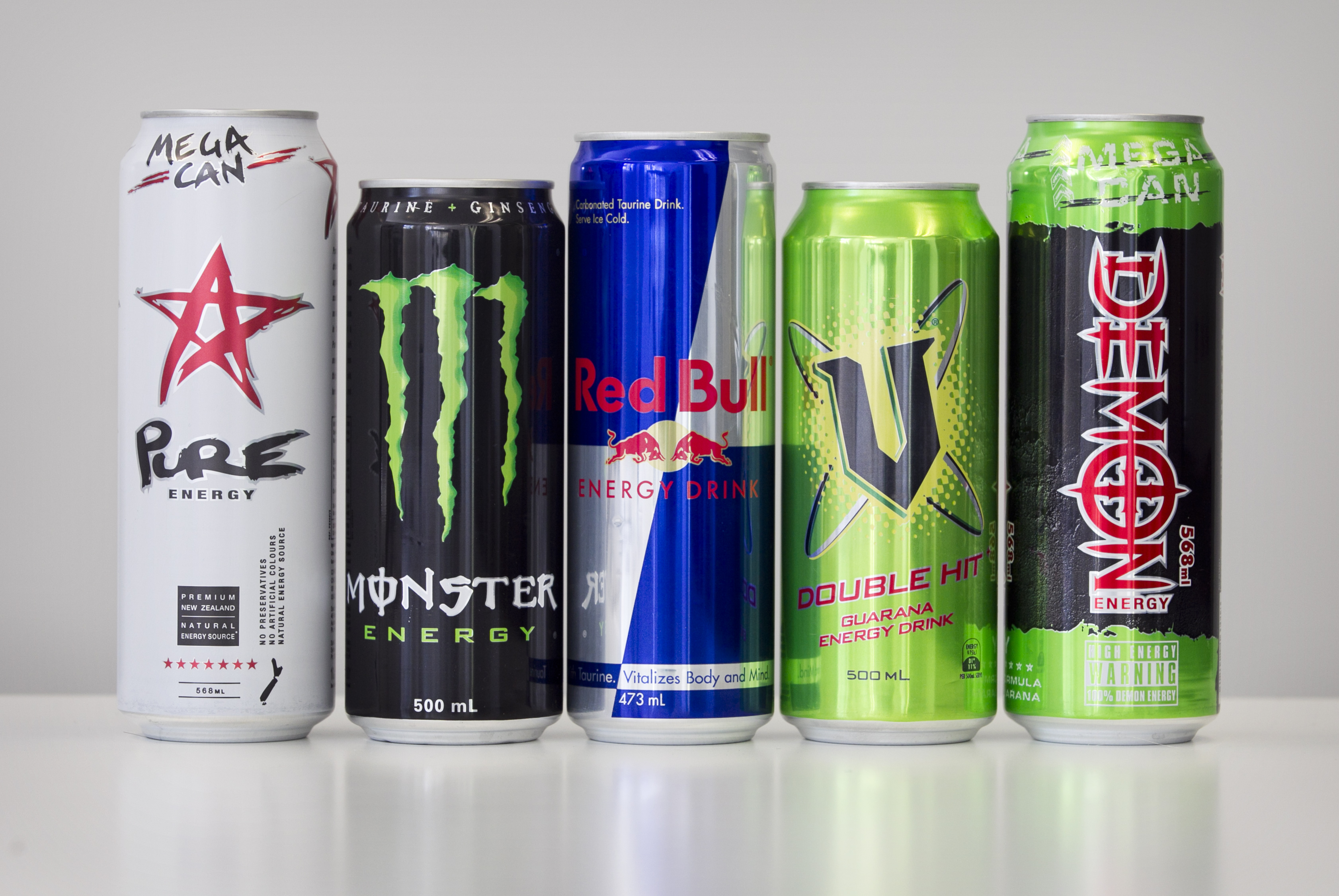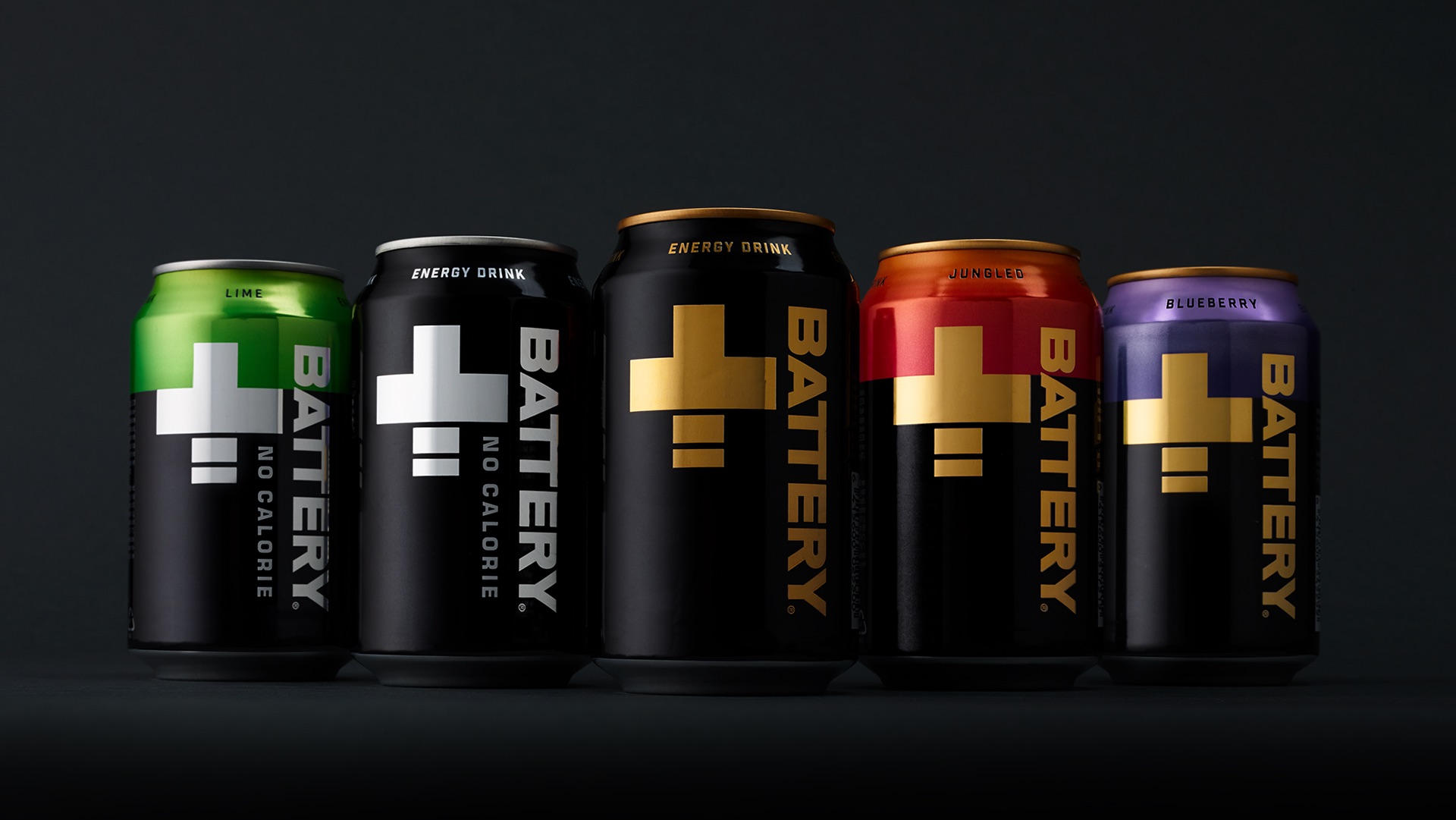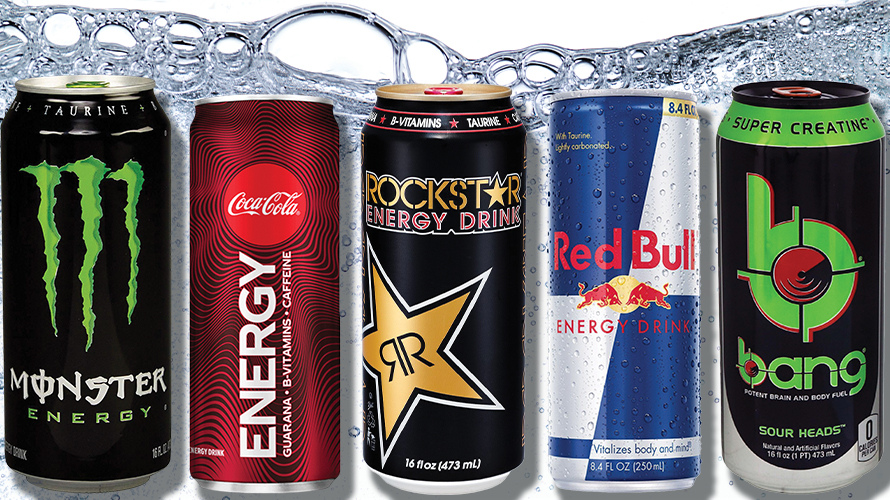In recent years, the energy drink market has exploded, with a myriad of brands flooding the shelves. Branded energy drinks have become a staple for many, appealing to those seeking a quick boost in energy and focus. This article delves into the phenomenon of branded energy drinks, their impact on consumers, and what sets them apart in a crowded marketplace.
Understanding Branded Energy Drinks
Branded energy drinks are beverages designed to boost energy levels, enhance mental alertness, and improve physical performance. Unlike generic energy drinks, branded options come with distinct marketing, packaging, and flavor profiles, making them easily recognizable. Brands like Red Bull, Monster, and Rockstar have established themselves as leaders in this segment, each cultivating a unique identity and target audience.
The Science Behind Energy Drinks
At the core of energy drinks are ingredients known to enhance energy levels. Common components include caffeine, taurine, B vitamins, and sugars. Caffeine is the most recognized stimulant, with the ability to temporarily increase alertness and reduce fatigue. Taurine, an amino acid, is believed to support neurological health and improve exercise performance.
B vitamins play a crucial role in energy metabolism, while sugars provide a quick source of energy. However, consumers should be mindful of the sugar content in these drinks, as excessive consumption can lead to negative health effects.
The Market Dynamics of Energy Drinks
The energy drink market has witnessed significant growth over the past decade. In 2020, the global energy drink market was valued at approximately $57 billion and is projected to reach over $86 billion by 2026. This rapid expansion can be attributed to several factors:
Changing Lifestyles
Modern lifestyles, characterized by long working hours, demanding schedules, and the prevalence of high-stress environments, have led consumers to seek convenient solutions for fatigue and low energy. Branded energy drinks have emerged as a go-to option for busy individuals looking to maintain productivity throughout the day.
Targeted Marketing Strategies

Branded energy drinks utilize innovative marketing strategies to appeal to specific demographics. Brands often sponsor extreme sports events, music festivals, and esports tournaments, positioning themselves as an integral part of an active lifestyle. This approach not only enhances brand visibility but also creates a sense of community among consumers.
Unique Flavor Innovations
Gone are the days when energy drinks were limited to one or two flavors. Brands continuously innovate, introducing a variety of unique flavors to cater to diverse tastes. From tropical fruit blends to dessert-inspired options, the flavor spectrum has expanded, enticing consumers to try new products.
The Impact of Branded Energy Drinks on Consumers
While the appeal of branded energy drinks is evident, it’s essential to consider their impact on health and lifestyle.
Benefits of Energy Drinks
- Increased Alertness: Many consumers report feeling more awake and focused after consuming energy drinks, which can be particularly beneficial during long study or work sessions.
- Enhanced Physical Performance: Athletes often use energy drinks to boost endurance and reduce perceived exertion during workouts.
- Convenience: The portability of branded energy drinks makes them a quick and accessible option for on-the-go consumers.
Potential Drawbacks
- Health Risks: Overconsumption of energy drinks can lead to negative health outcomes, including increased heart rate, high blood pressure, and sleep disturbances.
- Dependency: Regular reliance on energy drinks can lead to caffeine dependency, where individuals may find it challenging to function without their daily dose of caffeine.
- Marketing Influence: The aggressive marketing tactics employed by energy drink brands can create an illusion of necessity, especially among younger consumers who may feel pressured to conform to certain lifestyles.
Navigating the Energy Drink Landscape

For consumers looking to incorporate branded energy drinks into their routine, it’s essential to approach them with a discerning eye. Here are some tips for navigating the energy drink landscape:
Read Labels Carefully
Always check the ingredient list and nutritional information. Be aware of the caffeine content and sugar levels to make informed choices. Some energy drinks contain significantly higher caffeine levels than others, which can vary widely by brand and flavor.
Moderation is Key
Consume energy drinks in moderation to avoid potential health risks. It’s generally recommended not to exceed the equivalent of 400 mg of caffeine per day, which is roughly four 8-ounce cups of brewed coffee.
Consider Alternatives
For those sensitive to caffeine or looking for a healthier boost, consider alternatives like herbal teas, coconut water, or natural fruit smoothies. These options can provide hydration and nutrients without the added sugars and stimulants found in many energy drinks.
The Future of Branded Energy Drinks
As the market continues to evolve, several trends are shaping the future of branded energy drinks:
Health-Conscious Formulations
With an increasing number of consumers prioritizing health, brands are beginning to offer lower-calorie, sugar-free, and organic options. This shift reflects a broader trend toward clean-label products that align with consumers’ wellness goals.
Sustainability Initiatives
Environmental concerns are prompting energy drink brands to adopt sustainable practices, such as eco-friendly packaging and responsible sourcing of ingredients. Brands that embrace sustainability may find a competitive edge in a market increasingly driven by consumer values.
Innovative Functional Ingredients
The integration of functional ingredients—such as adaptogens, nootropics, and plant-based compounds—into energy drinks is on the rise. These additions appeal to health-conscious consumers looking for beverages that offer more than just a caffeine kick.
Conclusion
Branded energy drinks have firmly established themselves in the modern beverage landscape, offering consumers a convenient source of energy and focus. While they provide undeniable benefits, it’s crucial to consume them responsibly and be aware of potential health implications. As the market evolves, the focus on health, sustainability, and innovation will shape the future of branded energy drinks, catering to a diverse range of consumer needs and preferences.



